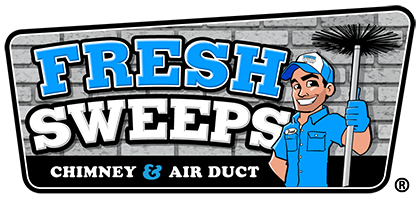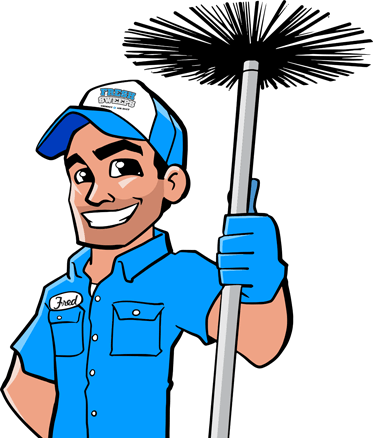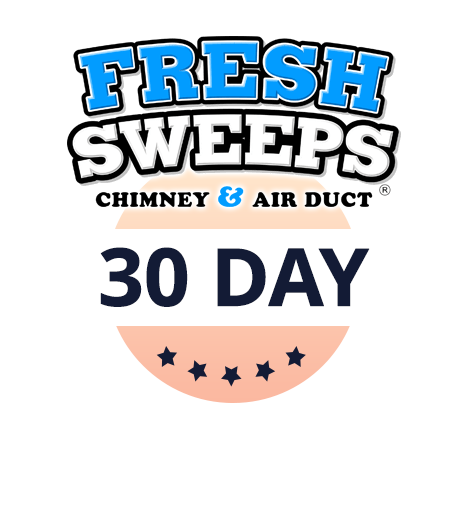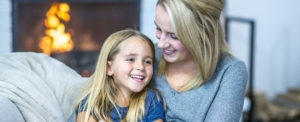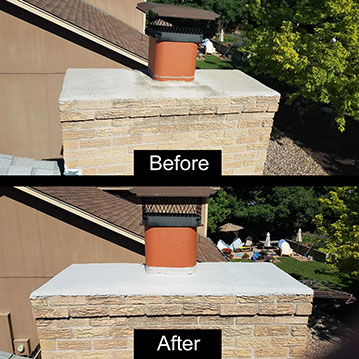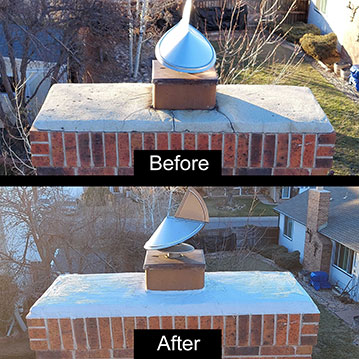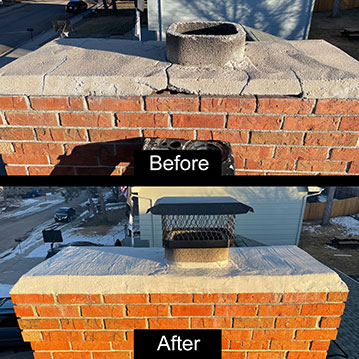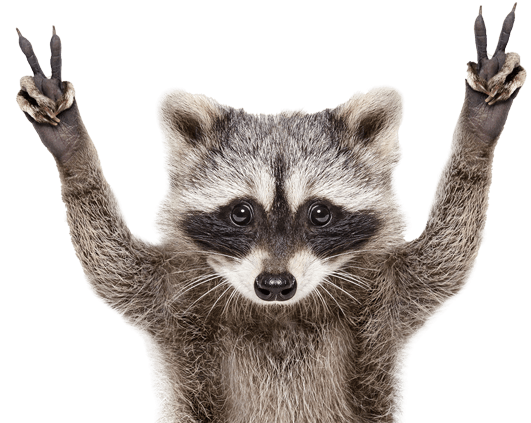Chimney Safety: Comfort Meets Security
In a home, rental or vacation property, few parts of the property deliver as much comfort and enjoyment as a wood fireplace. From the physical warmth created around the hearth to the emotional calming of the visual flames, few sensations are more powerful.
Pellet, gas or oil-fueled heating appliances create a similar sense of well-being. Whether on cold nights or cool mornings, the interior home environment is enriched by these sources of heating. That’s true even if the visual effect is more hidden behind a door or burner chamber cover.
Attached to both fireplaces and heating appliances is always a chimney system. This system starts in the living area or appliance room and extends up and outside the building. In some cases, multiple fireplaces or appliances may be connected to a central chimney system.
Safe operation and functioning of a chimney system requires that essential components are working well. And can be controlled by the homeowner or tenant with a high degree of confidence.
Chimney System Basics – And Common Safety Concerns
- The HEARTH AND EXPOSED BRICKWORK in a fireplace are there to contain the fire within the firebox and chimney. In addition, they insulate the room’s furnishings and inhabitants from heat that rapidly builds up as fuel is burned. Finally, they provide an appealing look to the room. Porous, cracked or broken brickwork or hearth materials affect both the ability to efficiently burn fuel (wood, pellets, oil or gas) and the health of room occupants as dangerous fumes can flow back into the room – and hot surfaces become places to burn people, pets and belongings.
- The COMBUSTION CHAMBER can either be the fireplace firebox or that of a heating appliance. This is where air is pulled in from either the room or outside intake system to fuel the burning of wood, pellets, gas or oil. When ignited by a spark or flame, the chamber mixes enough oxygen with the fuel to create a clean burning process. Any restriction on incoming airflow, or on the ability of the fuel to physically make contact with the oxygen to be ignited, means a poor and unreliable burn during which carbon monoxide and nitrogen dioxide can be released.
- The DAMPER in a chimney is how airflow is regulated up and through the combustion chamber to the outside. By governing how much air travels into the system, the mechanically- or automatically-controlled damper directly affects the pace at which fueled is burned (and heat is generated). Faulty, frozen or poorly calibrated dampers are major safety concerns as airflow and fumes are mismanaged, with dangerous fumes including carbon monoxide circulating without regard for occupant health.
- The SMOKE SHELF in a conventional chimney provides a transition between the combustion chamber below and flue above. Because of the dynamics of the physical chimney, smoke is prevented from passing downwards into the dwelling space at the same time fumes travel up and out. Materials brought in by wildlife, crumbling brickwork or inefficient design do the opposite of safeguard the home as smoke tumbles down and out of the chimney from the smoke shelf into the room itself.
- The FLUE pipes post-combustion air and fumes up, out and away from the living space. The FLUE may be brick, metal or a combination of the two inside the chimney structure. Depending upon the building’s size, this flue may extend 10 feet or more. Inside the flue, and even the chimney structure below it, creosote and other flammable materials build up over time to create a growing fire hazard; the presence of nesting wildlife adds to the fire risk along with that of sickness attached to their feces and urine.
- The CHIMNEY CAP tops off the chimney system with two significant functions. First, it prevents wildlife and foreign materials from entering the chimney system. Second, it helps create a draft to draw harmful fumes up and out of the home. Broken, malfunctioning or missing chimney caps threaten the chimney system with wildlife entry and poor fume management that keeps poisonous fumes trapped in the home’s living space to jeopardize the health of people and pets alike.
CHIMNEY SAFETY IS SERIOUS BUSINESS FOR EVERYONE and can’t be ignored. Call or go online now to schedule a chimney inspection and chimney sweeping to be safer from room to roof.
